Category Archive: ART
Sandro Botticelli
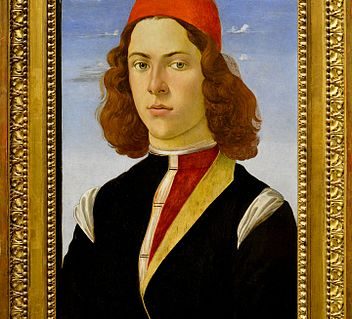
(1 March 1445 (?) to 17 May 1510) The great Florentine painter of the early Renaissance, Botticelli was not as technically accomplished as either Leonardo or Michelangelo, but he often excelled those men in the sheer preternatural beauty of his works. Consider the Birth of Venus, with its anatomical eccentricity and stage-like rendering of form and nature: “The secret is this, that in European painting there has never again been an artist so indifferent to representation and so intent upon presentation.“^ While he painted plenty of religious pictures, he was also inspired to create by works of classical antiquity and…
Continue Reading →Rubens
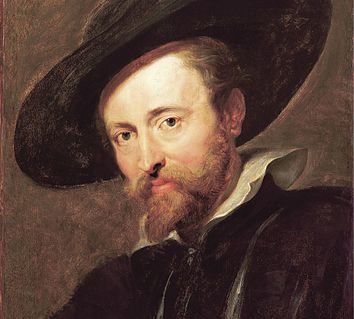
(Peter Paul Rubens – 1577-1640) The voluptuous acres of flesh painted by the Grand Baroque artist, Rubens, over a long working life, would stretch to the Moon. He is not now regarded a master of colour (although he was), and some judge his work as facile, but the enormous body of bodies is unique: whether he deals with the religious, classical, pagan, personal, allegorical or purely decorative subject, he is always Rubens. Some people don’t like his success in life (Vincent is a more romantic story), but the man from Antwerp was no twerp: his massive, rich, exuberant canvasses –…
Continue Reading →Maxfield Parrish
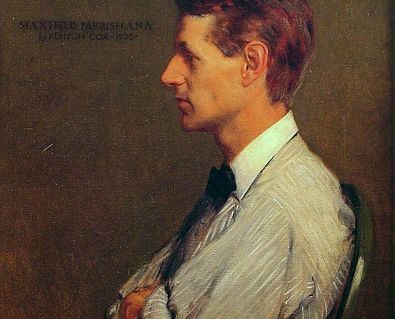
(25 July 1870 to 30 March 1966) Parrish achieved his luminous effects via underpainting and treatment of oils with glazing, which accentuated the colours and finish to his works. His landscapes are otherworldly (“Land of Make Believe” – see below – could be Tolkien’s or Peter Jackson’s Rivendell) but also very friendly, populated occasionally by unthreatening, androgynous figures. He fell out of fashion with the advent of Abstract Expressionism in the 1940s (Now, There’s a Turn Into a Blind Alley for you!) and his “sweetly rendered images of girls on rocks“* and other cutesy fare were deemed passé. And yet…
Continue Reading →Caspar David Friedrich
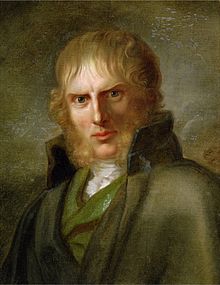
(1774-1840) The strictly religious Pomeranian created some of the greatest landscapes of land and mind, leaving, not a fashionable school of design, but a romantic legacy that has moved later generations, including (alas) modern artists who were unable to draw. His bleak world-view is encapsulated in his paintings, and some of the scenes of desolation and ruin are oddly prescient. He at times recalls Poussin, Lorrain, Corot, even Constable, but he adds true Germanic gloom, revealing and half concealing a world whilst giving the viewer the impression of being beyond it. He made landscape, as painter David d’Angers observed, a…
Continue Reading →99 MINUTES
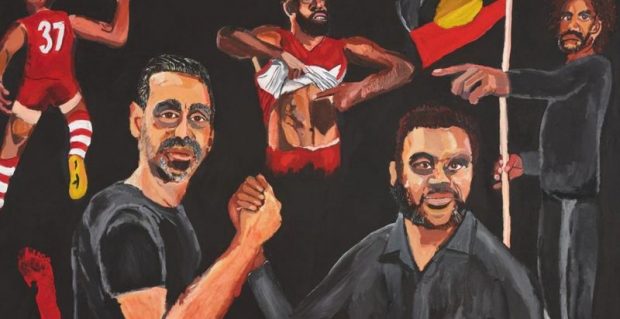
Vincent Namatjira, the great-grandson of the great Albert Namatjira, has won the Archibald Prize for portraiture, in this case of himself and former football champion of the Sydney Swans, Adam Goodes. Commenting on this award being the first to an indigenous artist, Mr. Namatjira commented: “It only took 99 years!” Now, while Goodes was a very, very good player, his reviews as a person are mixed: some claim he is a martyr to structural racism in this country and a brave flag-bearer for the aboriginal peoples. Others see him as a serial sook. It is neither our desire nor our…
Continue Reading →
